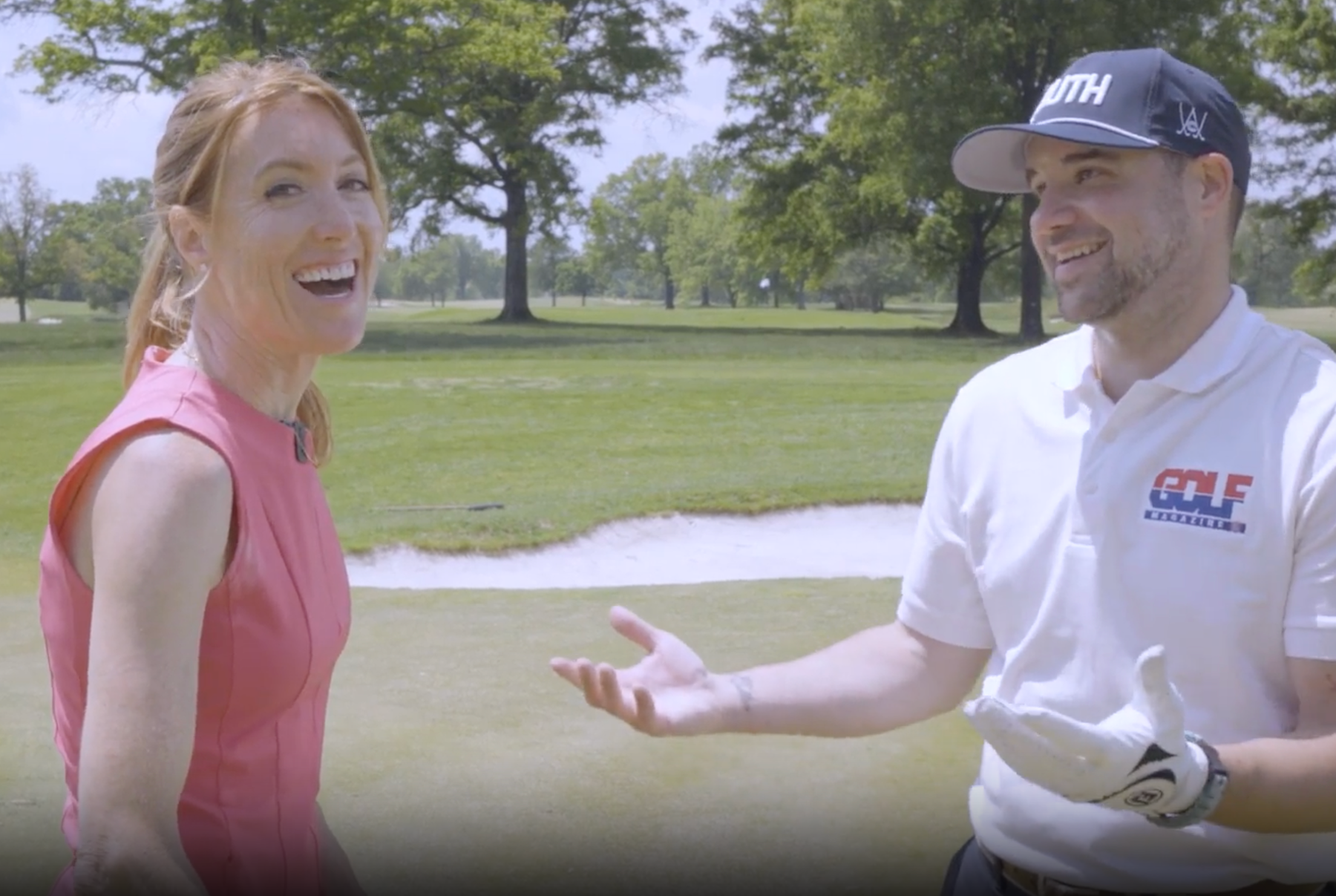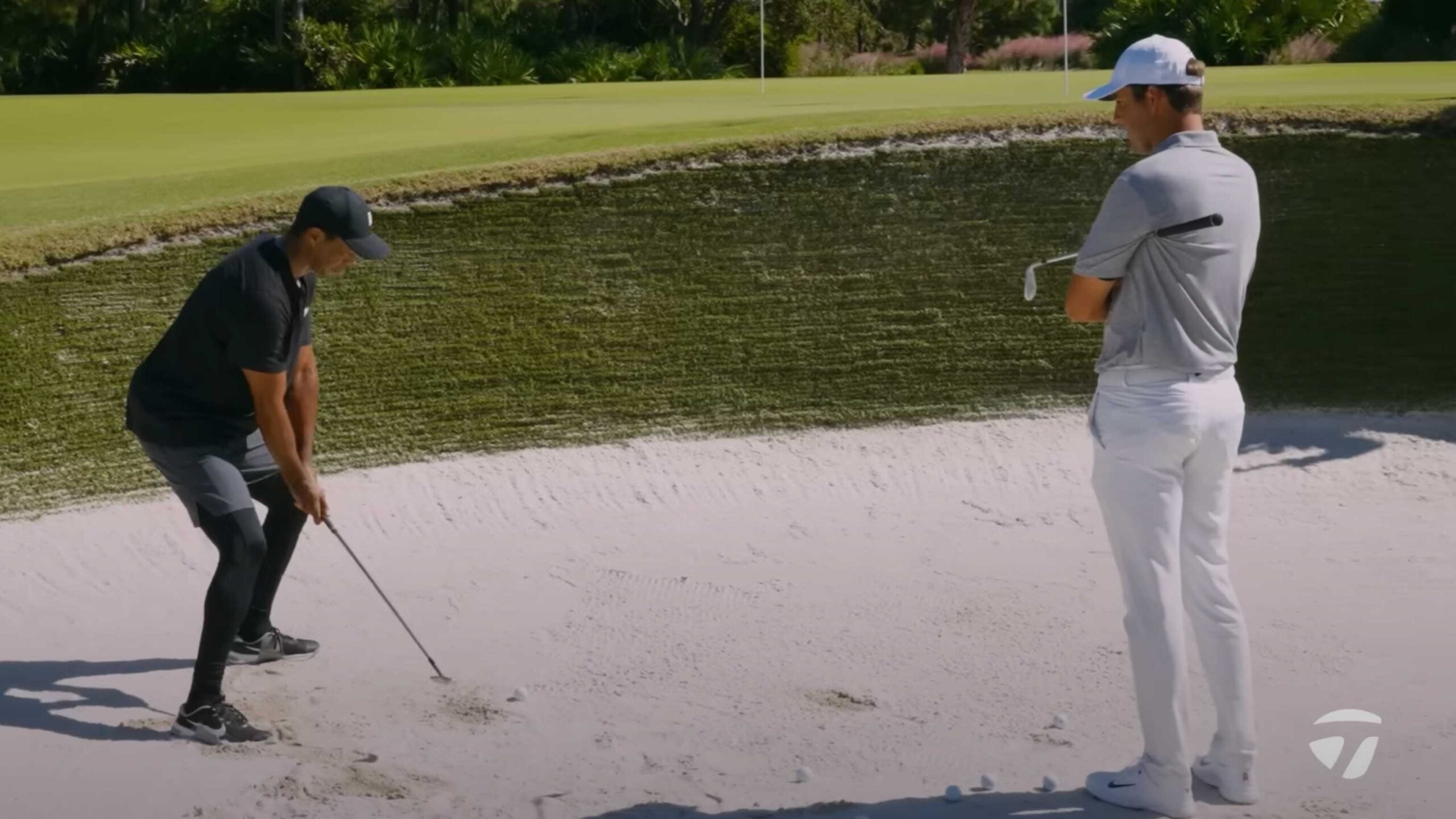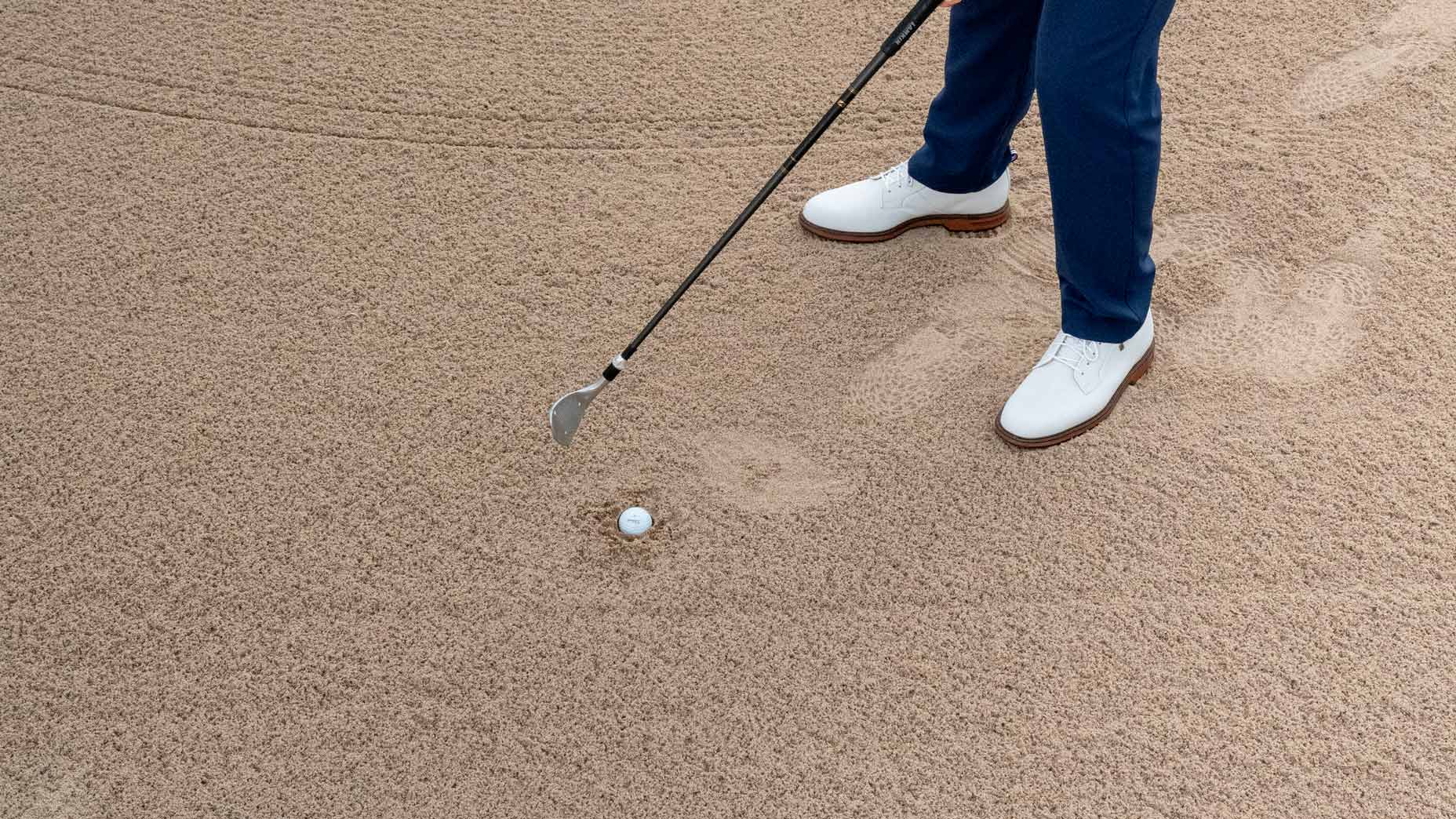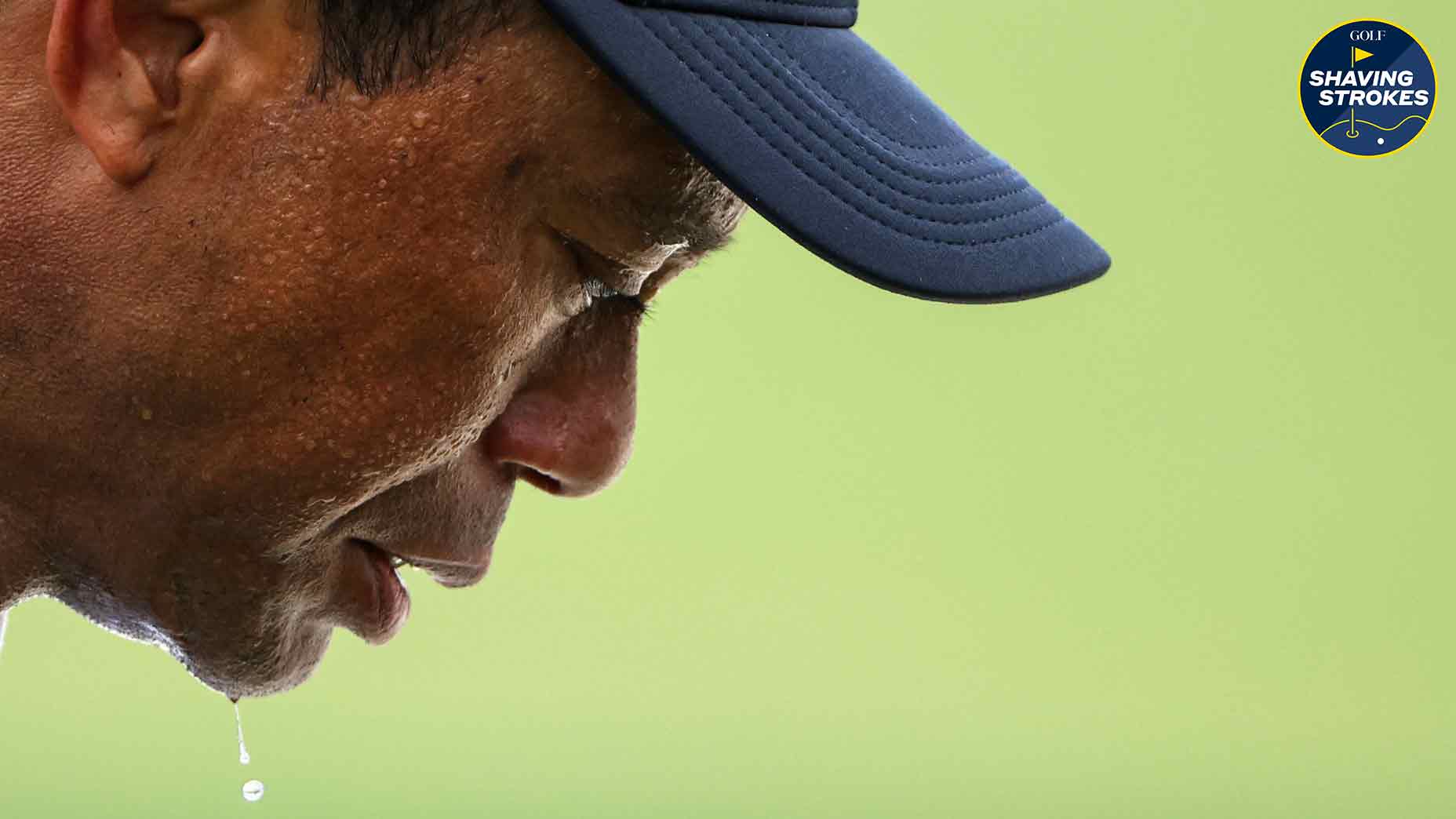Welcome to Shaving Strokes, a new GOLF.com series in which we’re sharing improvements, learnings and takeaways from amateur golfers just like you — including some of the speed bumps and challenges they faced along the way.
As a mid-handicapper, there are a lot of times when I just fall in love with a certain club — regardless of the situation — because I’m most comfortable with it.
For instance, I’ve recently really struggled hitting any fairway wood, so instead of even giving myself a chance to reach the green in two, I always lay up, just hoping I hit my second shot straight. It’s almost as if I’m conceding the hole — even if it might be the smarter play given my ability.
But here’s the thing: I’ve got 14 clubs in my bag for a reason, so it’s important to understand when (and how) to use each and every one of them.
One club that’s really tricky to master? The 60-degree wedge, which the great Lee Trevino even said should be avoided by amateur golfers.
“The 60-degree wedge is the worst thing that ever happened to a high-handicapper, because he can’t use the 56 yet,” Trevino said. “I don’t know why they’re carrying a 60. They can’t use the damn thing. They’re always short with it.”
While the 60-degree wedge can be useful, given it’s high loft and the increased risk of chunking or skulling a shot, going down in loft might be a better play.
Since I typically pull out my 60 degree whenever I’m around the green — hoping for one of those gorgeous little flop shots I see the pros execute — GOLF Top 100 Teacher Trillium Rose wanted to make sure I understood alternative options.
Not only did Rose recently give me an entire three-hole lesson, but she also explained why using my 60 degree is risky and might not be the best default club to use near the putting surface.
Check out this video to see what tips she has to offer, and be sure to read her advice below.
Ditch the 60-degree wedge for a lower-lofted club
As the video above begins, I confidently tell Rose, “I’m going to use my 60, since that’s what I’m working on.”
While I’m sure my quick decision-making was admirable, she’s quick to tell me about the risks of using the 60-degree wedge.
“You have to fly that,” she replies.
“If you have a 60 in your hand, the No. 1 thing I want you to do is imagine where you need to land it and what it’s going to do.”
Given the high loft of the club, many amateurs are often afraid to take a full swing with the 60 degree, understanding that too big could go 70 yards, but too small could lead to chunking it four feet.
“Because it has so much loft, it’s going to send the ball up, so most people don’t make a big enough swing, and then [the shot] ends up short,” Rose says. “Making a big swing on this tight lie is scary, dangerous, and risky.”
Instead of using the highest-lofted club I have, Rose suggests we make our way to my bag to see what alternative options I have.
“I’ll give you an alternative shot that I think is safer, she says. “So let’s take a lower-lofted wedge.”
Upon digging through my bag, Rose is stunned: I don’t have anything between my 44-degree pitching wedge and 60-degree wedge.
Don’t believe me? Just look at her facial expression upon finding out:

She then provided some helpful advice, saying it’s best to have no more than eight degrees between clubs.
“The 60 degree is the most amount of loft that you would want to carry in your bag,” she adds. “Most people have two clubs [between the 44 I was carrying and the 60 degree].”
I asked Rose if I’m making it harder on myself by not carrying something like a 52- or 54-degree wedge.
“I think so,” she said.
As for my new club of choice for this short shot around the green, Rose said I should ditch the 60-degree wedge for my pitching wedge — which, ideally, would be a 52- or 54-degree wedge if I had one in my bag.
“So you can use the same swing [as you would with a 60 degree], but because you only have 44 degrees of loft, the ball’s going to launch lower and roll more,” she reminds me. “Because we have a lower loft, we need a slower swing and a shorter swing.”
As I hit my shot, I utilize the putting surface almost like a runway toward the hole, landing the ball with enough topspin to roll, rather than risk flying the green with my 60.
If you’re someone who struggles using a higher-lofted wedge — and find yourself still leaving a lot of distance left between your chip and ensuing putt — take Rose’s advice and try a lower-lofted club that allows you to have more control of both your swing length, swing speed and trajectory of the ball.
Divot Board
$99.99
View Product













